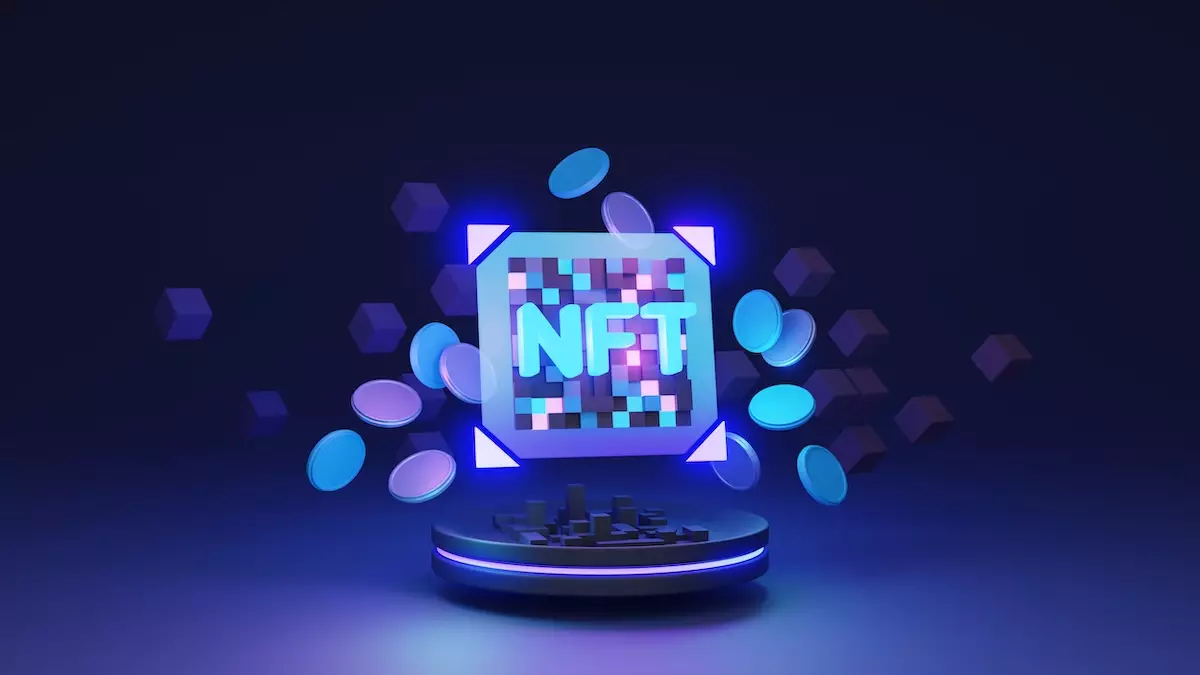The realm of Non-Fungible Tokens (NFTs) has emerged as a beacon of innovation within the blockchain industry. Originally a niche area, NFTs have rapidly evolved into a bustling ecosystem encompassing digital art, virtual real estate, collectibles, and more. As artists and investors navigate this dynamic marketplace, the volatility of NFT valuations complicates decision-making. Consequently, many are turning to predictive analytics, harnessing artificial intelligence (AI) to unveil insights into future trends and valuations of NFTs. This article will explore how predictive analytics operates within the NFT space, the critical factors influencing NFT valuation, the AI tools used for data analysis, and the potential trajectory of the NFT market.
At its core, predictive analytics employs past data and sophisticated algorithms to discern patterns, forecast outcomes, and facilitate informed decision-making. By applying these principles to NFTs, analysts can gather and scrutinize data such as historical sales figures, social media activity, and overall market sentiment. This comprehensive analysis aims to predict potential performance and valuation changes across specific NFTs or broader categories.
One of the intrinsic advantages of NFTs is their transparency; blockchain technology allows anyone to access detailed records of sales histories, wallet transactions, and timing. This availability aids analysts in identifying demand trends. For instance, a continuous uptick in new wallet holders for a particular collection may indicate a promising appreciation in value.
For predictive analytics to be effective, several essential components should be considered:
1. **Data Collection**: The foundation of any predictive model lies in comprehensive data collection. This involves amassing a wide range of information—from NFT transaction records and on-chain analytics to social media interactions and community discussions.
2. **Model Selection**: Different analytical problems necessitate diverse modeling approaches. Whether utilizing linear regression, neural networks, or time series models, the correct model choice is crucial for accurate forecasting.
3. **Feature Engineering**: Raw data must be transformed into meaningful features. For example, the rarity of an NFT could be quantified as a numerical value or categorized based on public sentiment from social media.
4. **Understanding Correlation and Causation**: Analysts must remain vigilant against conflating mere correlations with causal relationships. A rise in NFT value linked to a celebrity endorsement might not imply that the endorsement directly influenced the price.
Social media platforms, particularly Twitter and Discord, serve as vital hubs for NFT enthusiasts. Through analyzing discussions, mentions, and sentiment, predictive models can shed light on emerging trends and highlight projects with strong community backing. AI-driven sentiment analysis tools can swiftly analyze large volumes of user-generated content to gauge the general mood surrounding specific NFT projects.
The reputation and track record of creators also significantly impact NFT valuations. Established artists, known for successful traditional art careers or noteworthy NFT launches, often experience higher valuations for their digital creations. AI models can monitor historical performance data and correlate brand recognition to price fluctuations.
NFTs do not exist in a vacuum; their values are influenced by broader cryptocurrency markets, notably Ethereum and Solana. High transaction fees or negative sentiment surrounding crypto can dissuade potential buyers, conversely, market surges in major cryptocurrencies can invigorate interest in NFTs. Predictive analytics can leverage time series models to forecast short-term price movements and trading volumes, although they may struggle with abrupt changes driven by viral trends.
Despite the promise of predictive analytics, challenges abound. Many NFT projects are prone to rapid hype cycles, often gaining and losing traction in mere days. Models trained on older data may overlook these fleeting trends, particularly if they rely on outdated historical patterns. Furthermore, instances of wash trading—artists or holders artificially inflating sales figures—can distort on-chain data and mislead AI predictions.
Moreover, not all value can be distilled into quantitative metrics. Community dynamics, developer reputations, and cultural significance contribute substantially to long-term NFT value. A narrow focus on numerical analysis might overlook vital qualitative factors that affect valuation.
As the NFT ecosystem matures, there are indications that the market may shift from speculative practices toward utility-driven applications such as gaming assets and membership tokens. With evolving market dynamics, AI’s ability to adapt and understand these transitions will be paramount. The convergence of NFTs, metaverse developments, and new blockchain protocols presents further opportunities for insightful data analysis.
While predictive analytics and AI demonstrate considerable potential for understanding NFT market trends, they are not foolproof. Successful navigation of the NFT landscape will require a symbiosis between quantitative analysis and human intuition. As NFTs transition towards tangible use cases, the demand for advanced analytics will inevitably grow. For artists and investors alike, combining insights from predictive models with a nuanced understanding of market psychology will foster better decision-making in an ever-evolving digital landscape.

